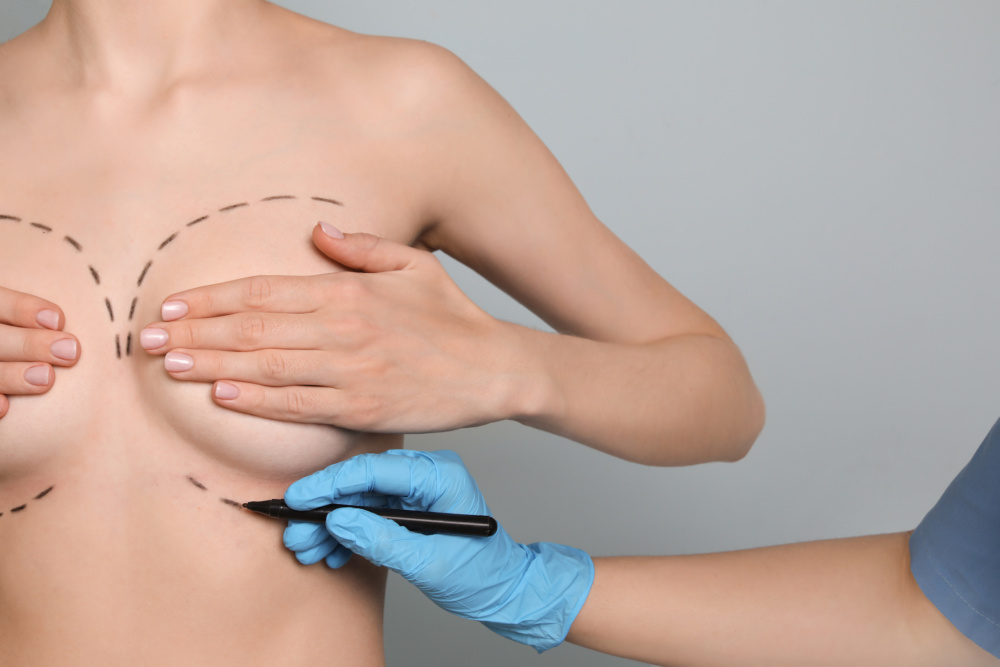Dr. Michael Decherd- Silicone versus Saline Breast Implants
Provided By: Dr. Michael Decherd of Decherd Plastic Surgery
When a woman is picking a breast implant, an early choice is between an implant that is filled with saline or an implant that is filled with silicone.
What is silicone? The chemical name for silicone is dimethyl siloxane. But just like there are different metals, or different types of wood, there are different silicones based on the length of the molecular chain. The individual silicone’s properties depend on how long the chain is made out of this repeating molecule. Shorter chains are classified as oils, longer chains are classified as gels, and the longest chains are classified as elastomers.
A breast implant has a shell and a fill. On a saline implant, the shell is silicone elastomer, and we fill it with salt water. On a silicone implant, the shell is silicone elastomer, and the fill is silicone gel. Fifty years ago the fill was silicone oil. If the shell got a hole in it, this oil could flow around. This is no longer an issue with the cohesive gels which we currently use. They are gummy and stay generally put.
I feel that most women prefer silicone breast implants for three reasons:
Feel: Silicone feels much more breast-like than saline.
Rippling: Saline implants are much more likely to have rippling along their perimeter than silicone implants.
When they fail: At some point, and given enough time, the shell will develop a hole in it. On a silicone implant this is referred to as a rupture. On a saline implant this is referred to as a deflation, as the salt water will flow out and be absorbed by the body. And while that is not a medical problem, it may be a cosmetic problem, analogous to a flat tire. This may occur at an inconvenient moment in a woman’s life. For example, we got a call at the office from a woman whose saline implant deflated the week before her daughter’s wedding. When a silicone implant develops a rupture, we usually pick this up on mammography. There is usually no visible evidence of a rupture. This gives the patient some time to plan how and when they want to deal with it.
By the way, at one point silicone breast implants were taken off the market to investigate whether ruptured implants made women sick. When they did the science, the Institute of Medicine came out and said that there was no evidence that ruptured implants cause any systemic illness in women. There have been literally millions of women who have received silicone breast implants. If there was any major issues with them, one would think we would know about it by now.
I hope that clarifies some of the differences between saline and silicone-filled breast implants! As always, start with a consultation with a board-certified plastic surgeon!
For more information on Decherd Plastic Surgery visit drdecherd.com. Or call (210) 495-4100.







Recent Comments